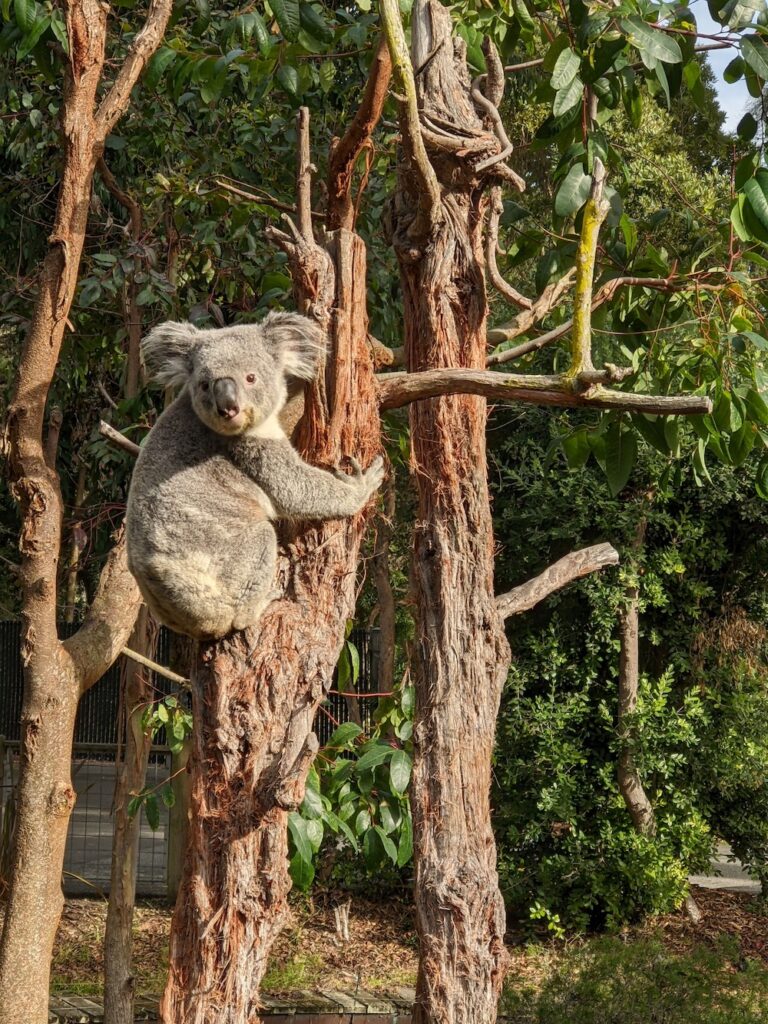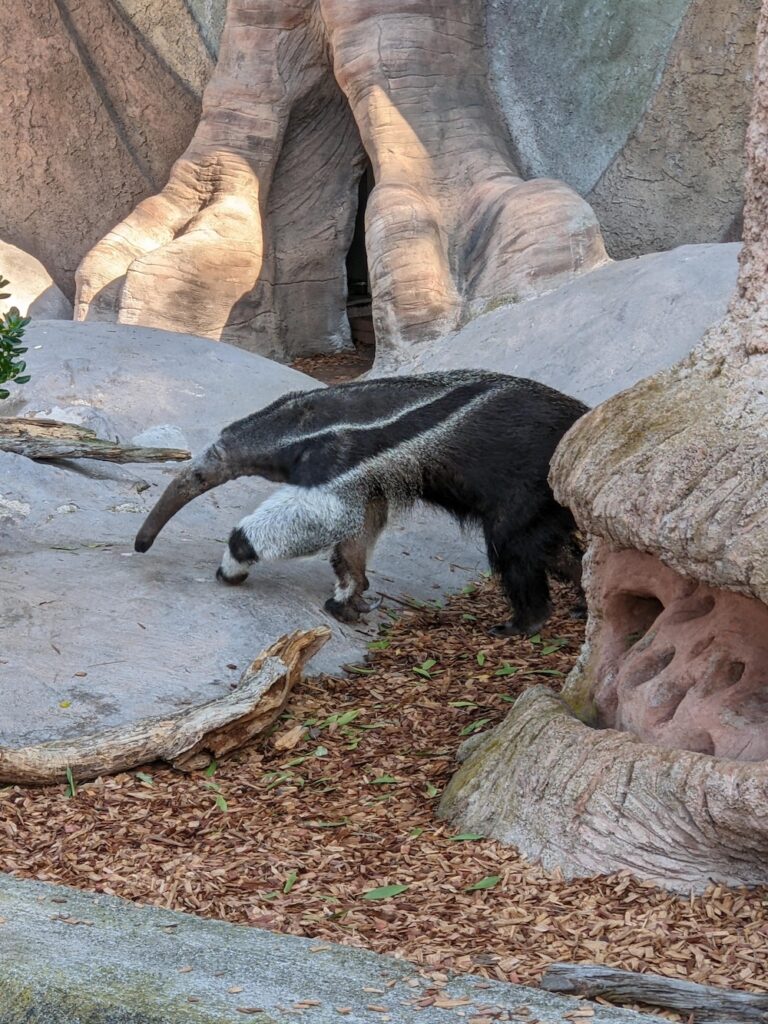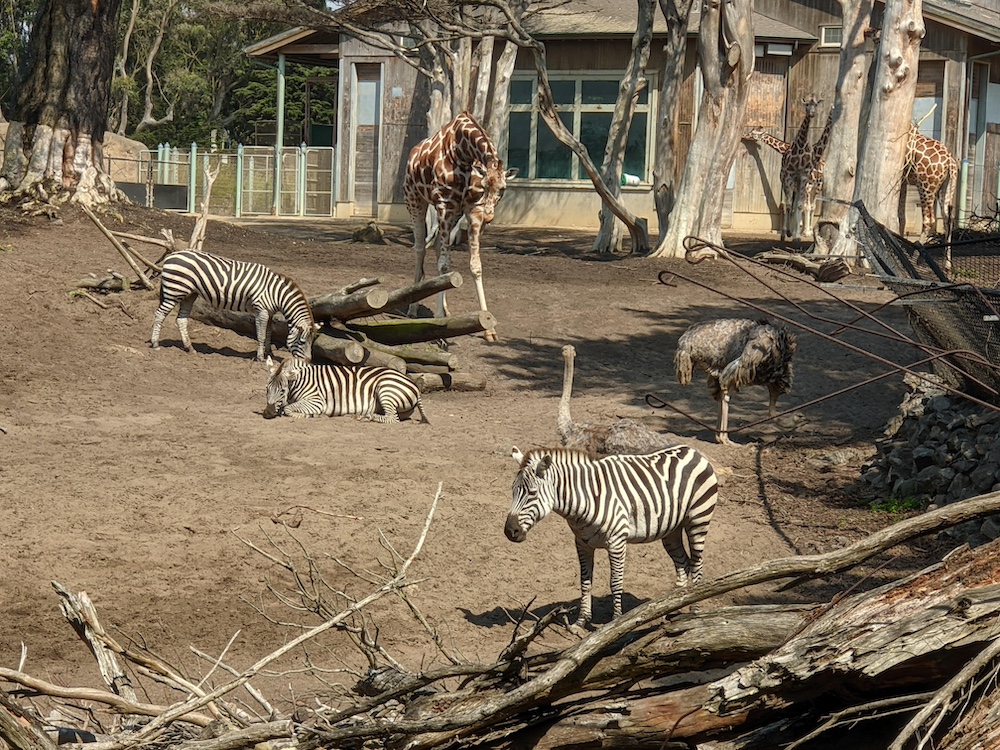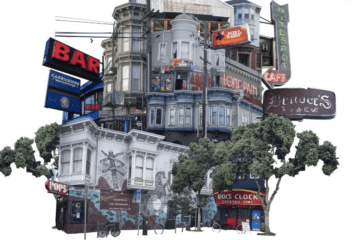Why You Should Visit the San Francisco Zoo
Editor’s note: Since this article came out, the San Francisco Zoo has been deemed “unsafe for visitors and animals” by a scathing report by the city of SF.
The kids are back in school, which means it’s prime time for adults to visit the San Francisco Zoo. You may be wondering, why would I want to go to the zoo? Isn’t it cold and foggy out there, and isn’t the zoo kinda small?
The foggy part is definitely true. As a Sunset resident and zoo member, I can count on one hand the number of times I’ve seen the sun while at the zoo. For a human, this is nothing that a coat and a beanie can’t fix, but my attempts to deliver warm clothing to the poor zebras (who can see their own breath) have been, so far, spurned. As for its size, the San Diego Zoo—the most popular zoo in the country and also my absolute favorite zoo—is, supposedly, the exact same size as the San Francisco Zoo (100 acres). The San Diego Zoo has roughly 12,000 animals whereas the SF Zoo has only 1,000 animals, but still…they are the same size! (Side note: I wonder if whoever crammed 12,000 animals into the San Diego Zoo could help San Francisco find room for more affordable housing?)
But don’t let the fog and the relatively low animal density discourage you! There are, really, too many reasons to visit the San Francisco Zoo to fit in your phone-scrolling attention span. So, I’m going to whet your appetite with just a few of the many things I treasure about our local wild animal “sanctuary.” Perhaps, after visiting the zoo, you will discover a few gems of your own.
The first and most important thing to know about the SF Zoo is that there are no elephants. There used to be, until 2004, when the SF Board of Supervisors mandated a larger enclosure for the elephants—a requirement that the zoo has, so far, been unable to meet. There is, however, still a building that says “Pachyderms” on it in capital letters. This is the set up for a perfect prank: Let’s say you bring your in-laws, your friends, or your partner to the zoo. Tell them you’re going to buy Dippin’ Dots for everyone (yes, Dippin’ Dots still exist) and you’ll meet them at the elephants in twenty minutes. Meanwhile, you go to the wallabies, which are on the outer edge of the furthest loop, and have some time to yourself. They’ll never find you back there. They’ll never find the elephants, either.
If your in-laws catch on to the no elephants thing and manage to find you partying with the wallabies, excuse yourself to the restroom. This time, propose meeting at the anteater in ten minutes. The SF Zoo may have no elephants, but what it does have TWO separate anteaters in two separate exhibits that are not even next to each other. So, when your bamboozled buddies find you, hours later, just tell them the truth: you were waiting for them at the anteater!
On your way to the bathroom, check out the hornless horny rhinoceros, named Gauhati. The poor guy really has no horn (according to the zoo’s website, it is regularly filed to keep it healthy) and he lives in a wide open dust pit near the poop-happy penguins, so I am, frankly, surprised that he manages to entertain himself so effectively. His enthusiasm is inspiring. One of the first times I saw this Gauhati, there was a kid, maybe two years old, standing nearby with their father.
“Look at the rhino, daddy!” said the kid.
“Oh ya…WOAW!” said the dad, after taking in the back area of Gauhati.
“Is it a girl or a boy?”
“It’s definitely a boy.”
“But how do you know?”
“Err.” The man paused, considering his options. “I know because the sign says it’s a boy rhino.”
When you go to visit the SF Zoo, which I’m sure you are now planning to do, stay for my favorite part: the koala exhibit at closing time (a.k.a. 4:59 pm). Koalas are, for those unfamiliar, largely immobile. This is due to the fact that they eat poisonous eucalyptus all day, which is less poisonous to them but still very sedating. No matter the hour, the koalas look like they just stumbled home after last call at El Rio. But each evening, the koalas need to be shifted from their outdoor eucalyptus trees to their cozy koala hut, lest they freeze their fuzzy faces off in the Sunset/the Arctic. So, to get them out of the trees, zookeepers use specially designed nets to gently loop around the koalas’ heads and pull them down to the ground. The only problem with this approach is that the sleeping koalas, when netted, do not tend to wake up. This leaves the zookeepers standing awkwardly below the trees, waving their nets back and forth, trying desperately to rouse a couple of completely plastered marsupials from their poison-induced (and fog-induced) slumbers.
If you want to take advantage of the zoo’s relative kidless-ness, you should visit on a weekday. Note the zoo closes at five, so if you are one of those people who actually works during the day, best to plan to haul your butt out to the nether regions of The Sunset and back over your lunch hour. If you start at sunrise, it’s a 50/50 chance you can get to the zoo and back on the L before your afternoon sync with your manager.
I hope this little overview has given you a renewed appreciation for the San Francisco Zoo. It may not be the best zoo in the world, but it’s ours. And hey, at least Gauhati is a happy camper. See you at the elephants!











